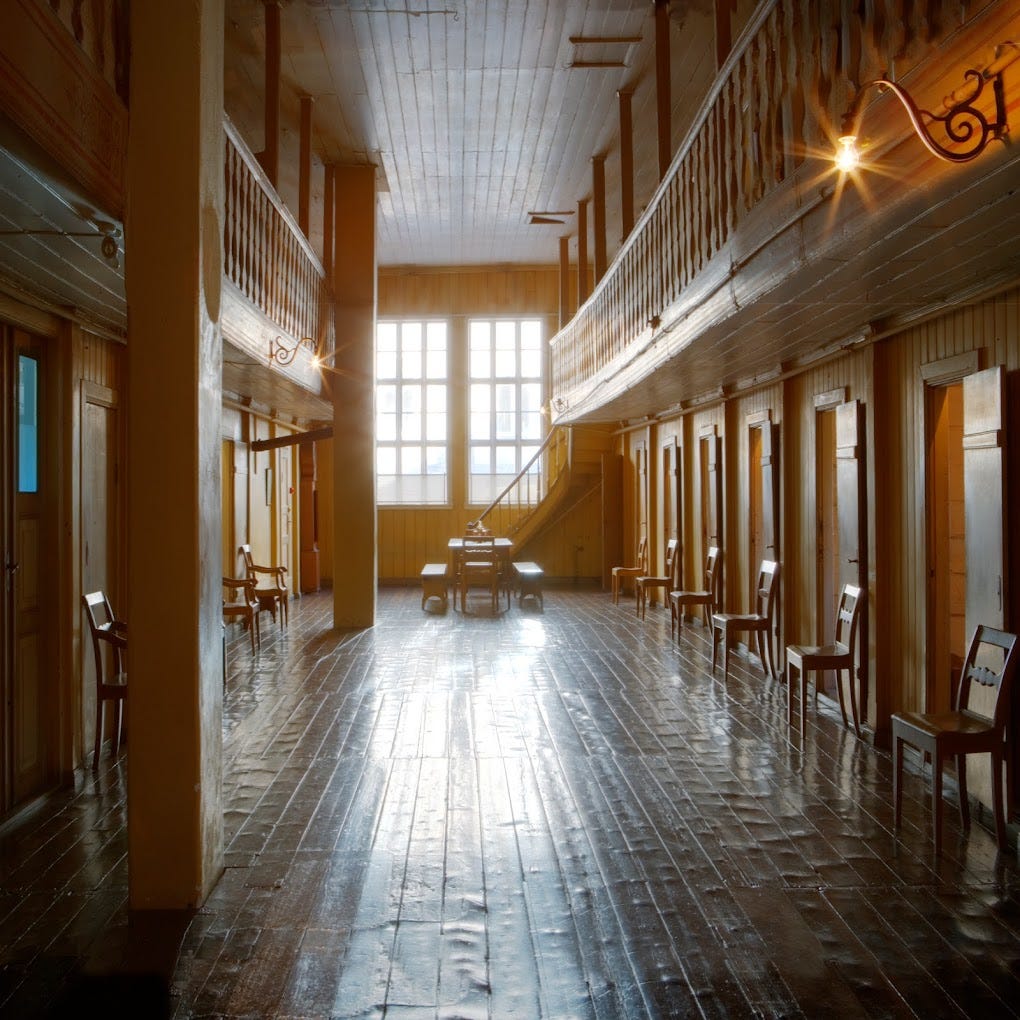It was one of those wonderful nineteenth century stories about a medical breakthrough: the lone researcher finally rewarded after working late in his lab, night after night. The year was 1873 and Norwegian doctor Gerhard Hansen had just returned from Germany where he sought out lectures in the new field of microbiology. He was looking through his brand new high-powered microscope when he discovered the “rod-shaped organisms” present in all his leprosy patients and absent in patients without leprosy. Hansen had discovered the bacterial agent that caused leprosy. Even better, he was a local Bergen boy who went to Oslo for medical school and then returned home to Bergen on the west coast of Norway to labor at the leprosy hospital there.
Hansen went on to prove the disease was infectious and as chief leprosy researcher for Norway oversaw a dramatic reduction in cases during his lifetime, both in his own country and around the world. Today, leprosy (or Hansen’s Disease) is practically unknown clinically and easily treatable. The last two patients in the Bergen Leprosy hospital, elderly women, died in the 1930s. The African country of Lagos was so grateful for his gift that it put Hansen’s likeness on a postage stamp.
But passion and virtue are not related: Hansen had a reputation for recklessness. He performed autopsies on leprosy patients without the family’s permission. Patients were suspicious of his ambition and motives. So, when he called a young patient into his office and told her she needed an eye treatment, she declined. He persisted and forced her to submit to the painful procedure anyway. The patient was correct to resist: Hansen was infecting her eye with leprosy to find out if he could cause the disease by introducing the bacillus, all without informing her or asking permission. The patient complained to the hospital chaplain who wrote to the hospital board. In a criminal trial the doctor was convicted of willful harm (though not punished) and in an ethical hearing he was stripped of his privileges at the hospital. The traumatized patient asked for and received a transfer to another hospital as well as the equivalent of a restraining order against the doctor. Throughout it all he retained his position as chief leprosy researcher for the nation.
Hansen’s ambition caused him to lose sight of his professional and personal responsibility for the welfare of others in his care. In his trial he admitted as much when he explained that he used his own judgment about the pain he inflicted on the young woman; it was in the service of saving untold numbers of potential sufferers, he said.
Today we are surrounded by those with power who make similar claims: they ask us to trust that our suffering is a necessary byproduct of a greater good for our country. But for Americans in the twenty-first century, just as for Norwegians in the nineteenth century, the ends do not justify the means, and the powerful must not depend on their own private ethical compass when taking action that inflicts pain on others. Those of you reading this who support our president’s disdain for the courts must understand why it alarms the rest of us. No one is above the law; no one in this country is allowed to act with impunity. When those with power violate the public trust then they must, as Hansen did, face the consequences.







Quite a backstory. So much of what we superficially think was good work has a dark underbelly. And then, as you point out, sometimes the dark underbelly is fully exposed.
Interesting analogy. Trust and responsibility are co-partners in successful leadership. Anyway, what a wonderful series of letters from Norway. We were there a few years ago and this was a much appreciated renewal of memories. Way to go!